Google's third Android 16 QPR1 beta just dropped, and while it won't grab headlines for flashy new features, it's tackling the stuff that actually makes you want to throw your phone across the room. These aren't random minor tweaks—they're fixes for the kinds of system-level bugs that break the fundamental promise of a smartphone: that it works when you need it to. The third beta represents Google getting serious about stability before adding more bells and whistles, marking a crucial step in what's shaping up to be Android's most significant interface overhaul in years.
What you need to know: • Google seeded Android 16 QPR1 Beta 3 (BP31.250610.004) to most Pixel devices today • The update resolves nine major issues, including random restarts and camera failures that were breaking core device functionality • This beta brings us closer to Platform Stability, expected in March 2025 and crucial for developers planning Android 16 app releases
The bugs that were actually driving people crazy
Let's break down what Google fixed, because some of these were genuinely maddening—and understanding why they happened reveals the complexity lurking behind Android's seemingly simple interface. The most critical fixes tackle system-level corruption that was causing unexpected restarts—you know, the kind where you're mid-text and suddenly staring at the boot animation.
These weren't just annoying hiccups. The RTOS (Real-Time Operating System) task list corruption represents a fundamental breakdown in how Android manages multiple processes simultaneously. When this corruption occurs, the system can't properly track running tasks, leading to memory conflicts and forcing a complete restart to clear the slate. It's like your phone's brain suddenly forgetting what it was doing mid-thought.
The camera black screen issue was particularly brutal for anyone trying to catch a quick photo. Nothing kills the moment like launching your camera app to a void of nothingness. This problem typically stems from the hardware-software handoff process during camera initialization—when the Camera HAL (Hardware Abstraction Layer) fails to properly communicate with the camera sensor at startup, users get a functional app interface with no actual image data.
PRO TIP: If you encountered this camera bug before the update, clearing the Camera app's cache and storage often provided a temporary workaround by forcing a fresh hardware initialization.
Google also squashed the notification pulldown media player that was failing to display properly—because apparently even our music controls needed debugging. The launcher display problems were another head-scratcher, with some users reporting their home screen simply wouldn't load completely. These rendering failures usually indicate memory allocation issues or conflicts between the GPU and Android's SurfaceFlinger compositor, which handles drawing everything you see on screen.
What's still coming in the Material 3 Expressive redesign
While Beta 3 focuses on fixes, don't forget we're still riding the wave of that major Material 3 Expressive redesign from Beta 1. The visual overhaul includes larger, more detailed app icons in notifications, volume and brightness sliders with fresh styling, and subtle haptic feedback when you move apps around your home screen.
The design philosophy here centers on "expressive minimalism"—Google's attempt to make interfaces feel more responsive and alive without overwhelming users with unnecessary visual clutter. The Quick Settings toggles now come in two sizes—standard ovals plus new compact circles that take up half the space—giving users more control over their Quick Settings density while maintaining visual consistency.
The Settings app got color-coded icons to group tabs together, and notification cards finally match your system theme properly. Even the battery icon moved its percentage display from beside the icon to inside it, which sounds minor but follows Material 3's principle of information density—placing related data within unified visual containers rather than scattering it across the interface. This reduces cognitive load by keeping related information spatially connected.
The wallpaper system picked up new Effects features, including Magic Portrait that frames photo subjects into fun cutouts. These refinements build on each other to make Android 16 feel genuinely fresh rather than just incrementally updated—each small change contributes to a more cohesive, intentional user experience.
Device compatibility and rollout reality check
Here's the practical stuff: Beta 3 is available for Pixel 6 series through Pixel 9 series, including the Fold, Tablet, and a-series devices. Interestingly, Pixel 6 and 6 Pro get their own build number (BP31.250610.004.A1) while everyone else gets BP31.250610.004.
This build differentiation reflects the Tensor chip evolution between generations. Google's original Tensor chip in the Pixel 6 series required different optimization approaches than the refined Tensor G2 and G3 processors in newer devices. The separate builds likely contain chip-specific low-level optimizations and hardware abstraction layer adjustments that wouldn't be compatible across different silicon generations.
The OTA update is already rolling out if you're enrolled in the beta program. Google expects to reach Platform Stability at Beta 3 in March 2025, which means system behaviors and APIs will be locked down for final app testing and releases.
For context, some Pixel users are already dealing with battery life issues and performance drops from recent updates—the March update particularly took a beating in user forums for standby drain and overheating. One user reported standby drain jumping from 2-3% overnight to 13% in 8-9 hours, with WiFi suddenly consuming noticeable battery where it was previously negligible. Beta 3's stability focus suggests Google recognizes these fundamentals need attention before layering on additional features.
Where this beta cycle is actually headed
This feels like Google getting serious about the foundation before the big show. With Platform Stability coming in March, developers will finally be able to publish apps targeting Android 16's official API level—meaning they can start building features that rely on Android 16's new capabilities without worrying about future API changes breaking their code.
The QPR1 beta program will likely wrap up with a stable release around September, assuming Google irons out any remaining issues. During our testing across multiple Pixel devices running the beta, the stability improvements in Beta 3 are immediately noticeable—fewer unexpected restarts and more reliable camera launches make for a measurably smoother daily experience.
DON'T MISS: Developers should start preparing for Platform Stability by testing existing apps against the beta and identifying features that could benefit from Android 16's new APIs, particularly the enhanced haptics framework and ranging module capabilities.
The bigger picture here is Google treating Android 16 as more than just a version bump. Between the Material 3 overhaul and these stability improvements, it's shaping up to be the kind of update that actually changes how Android feels day-to-day, rather than just adding bullet points to a feature list. The focus on fixing fundamental issues before adding new capabilities suggests a maturity in Google's development approach—building on solid ground rather than stacking features on shaky foundations.




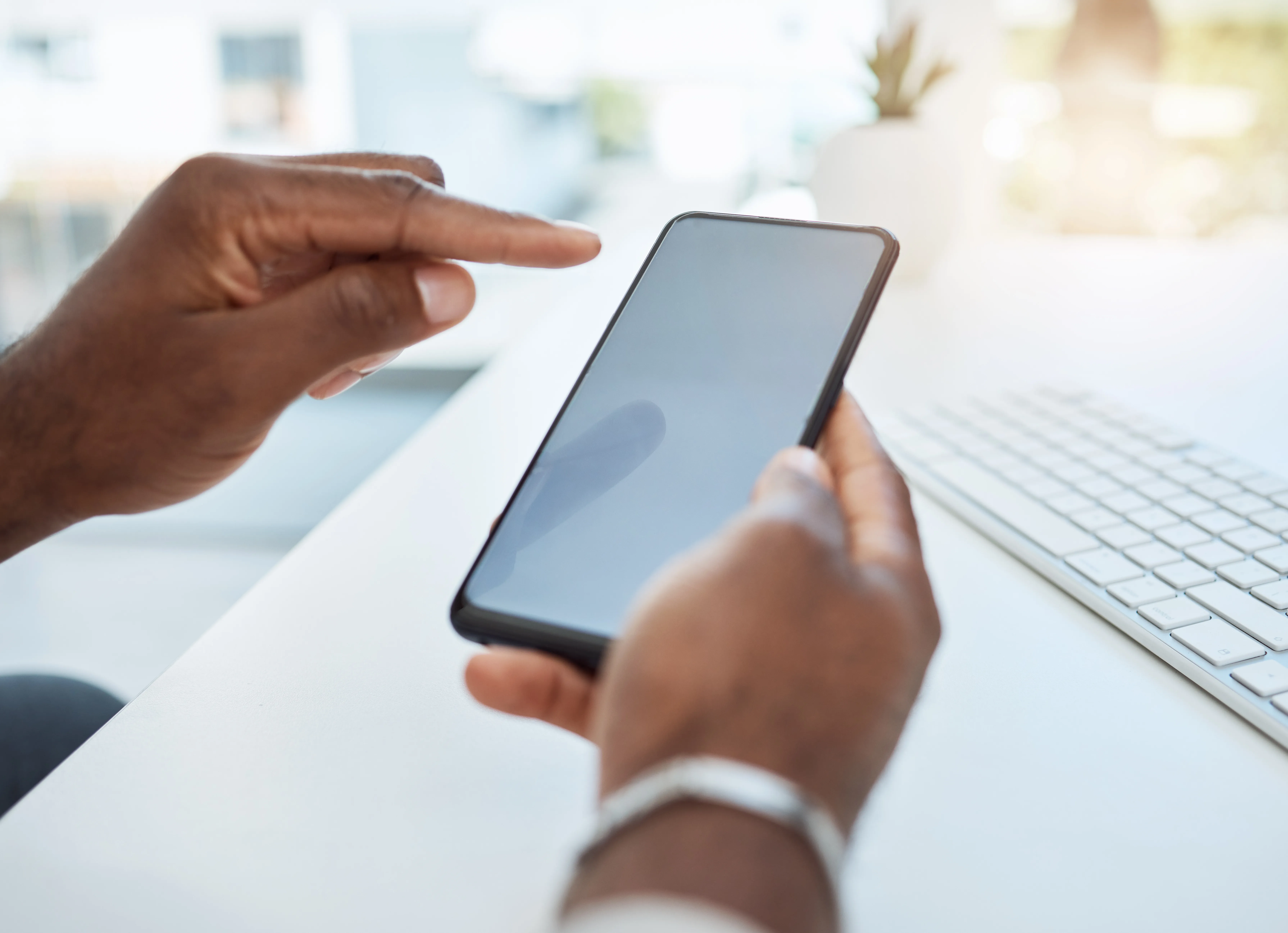
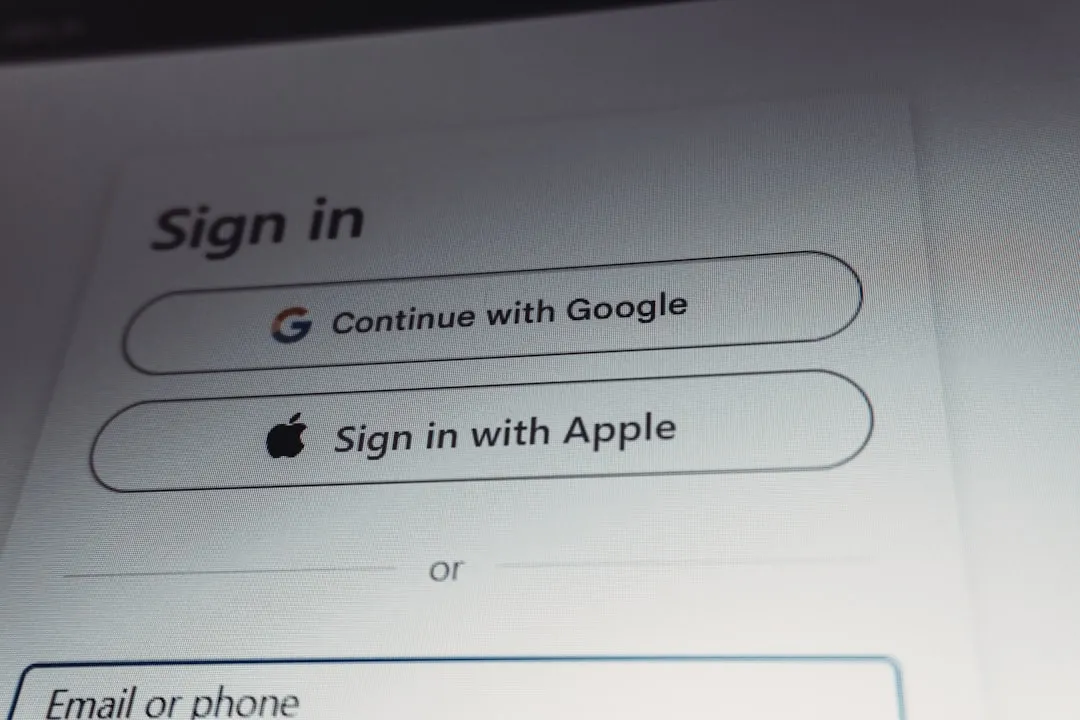

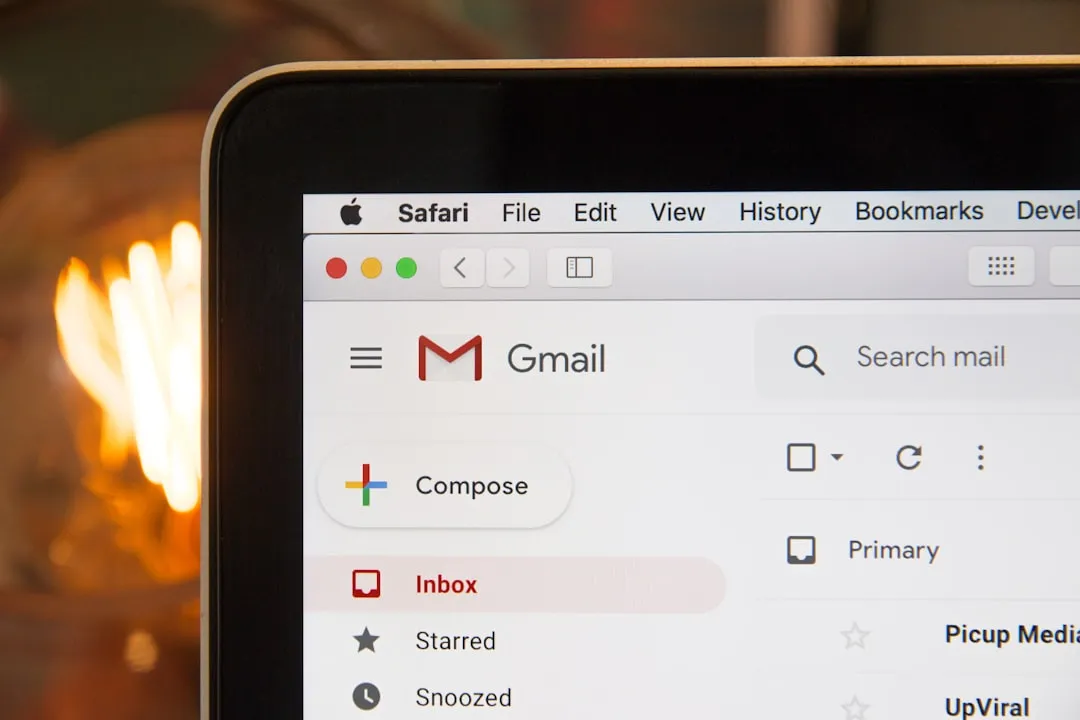
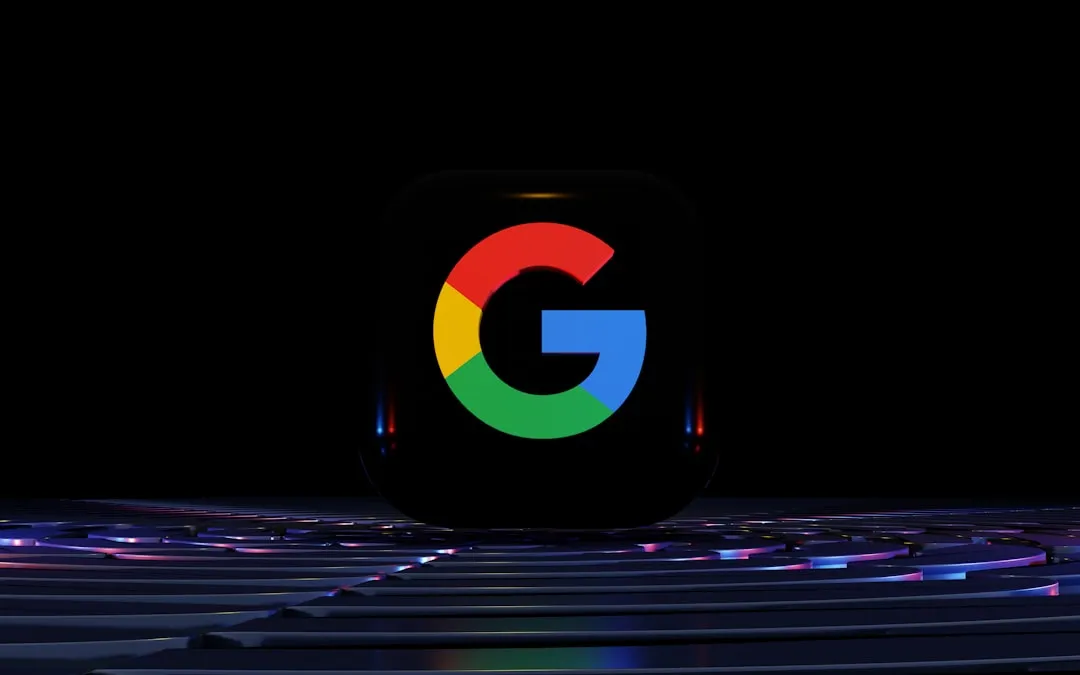
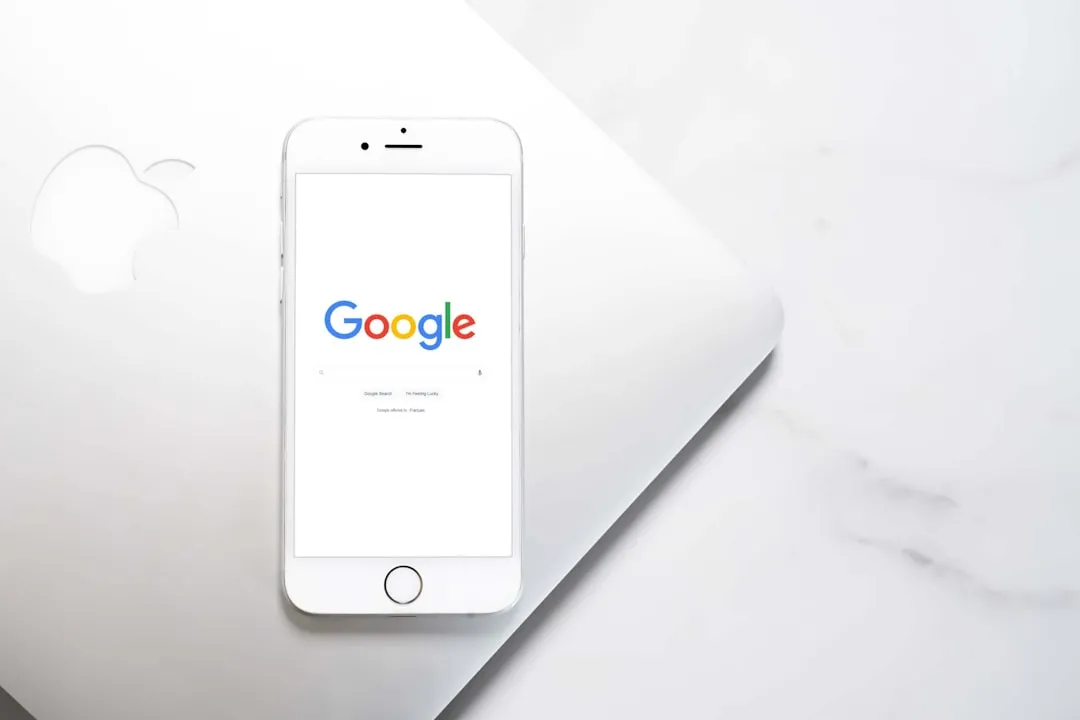
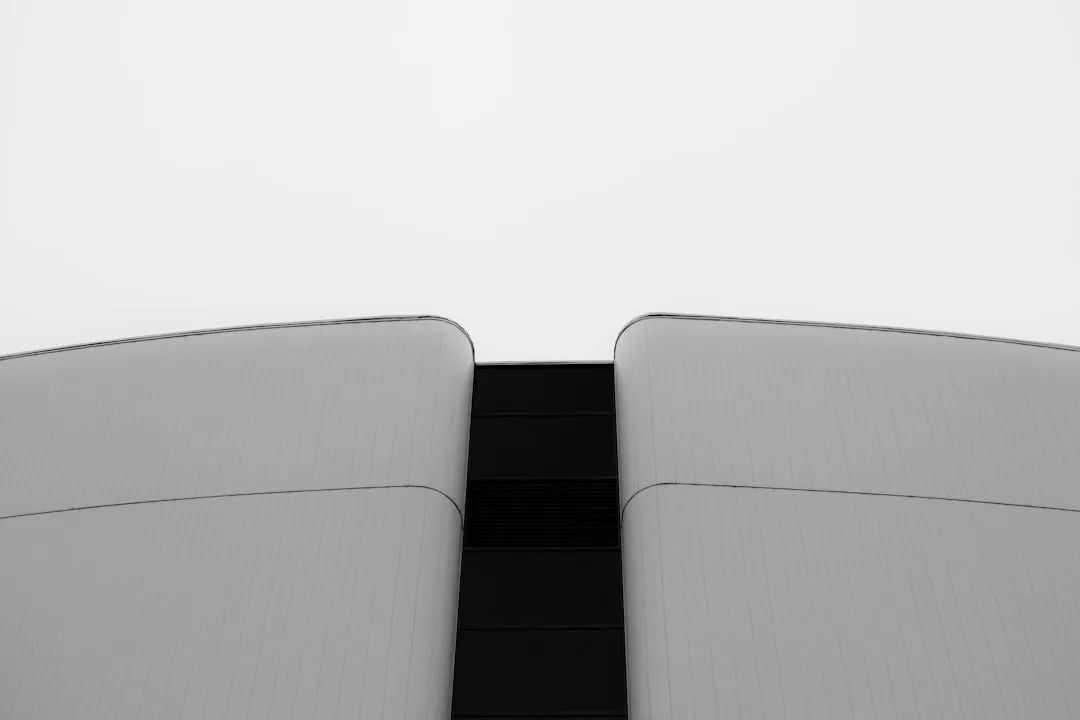
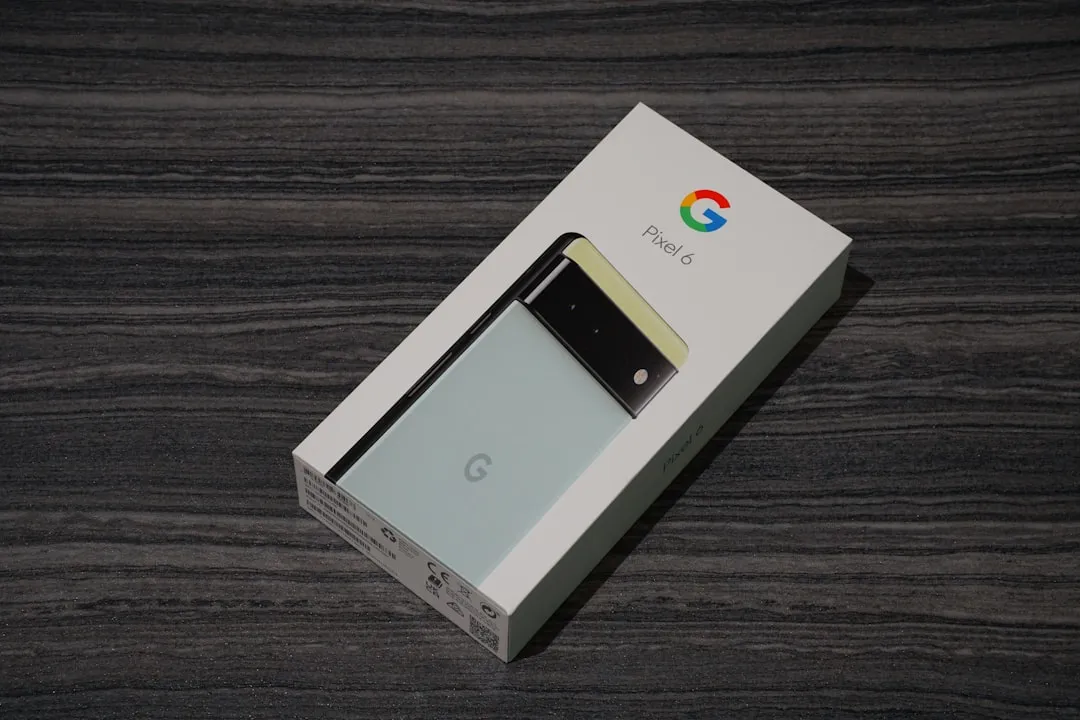
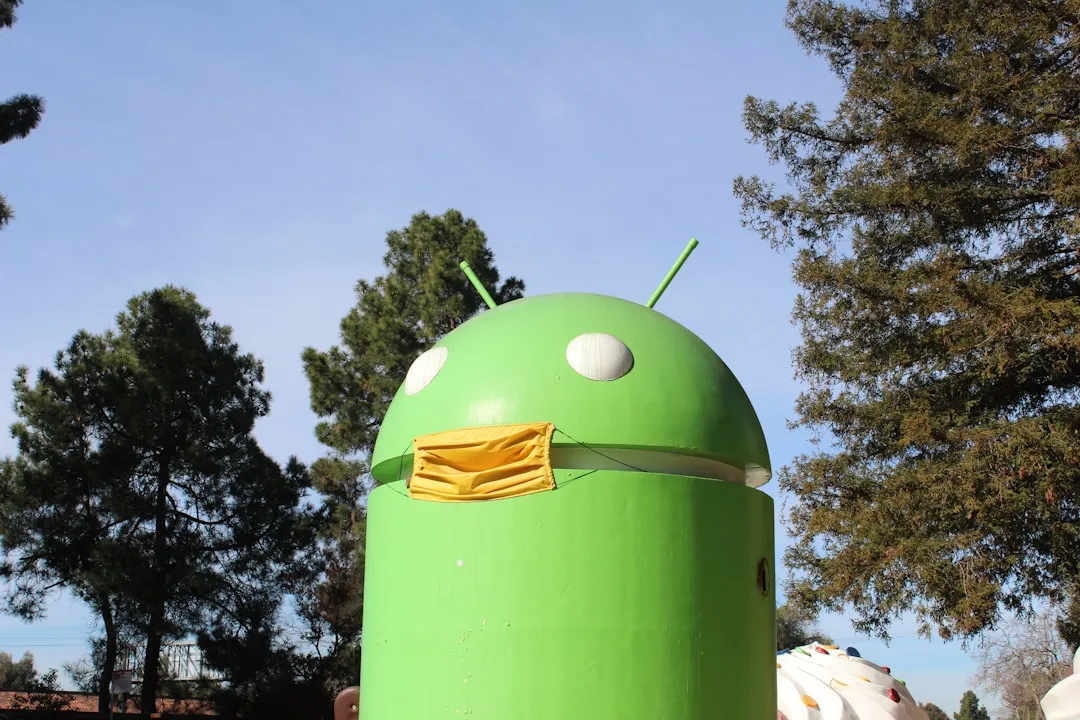
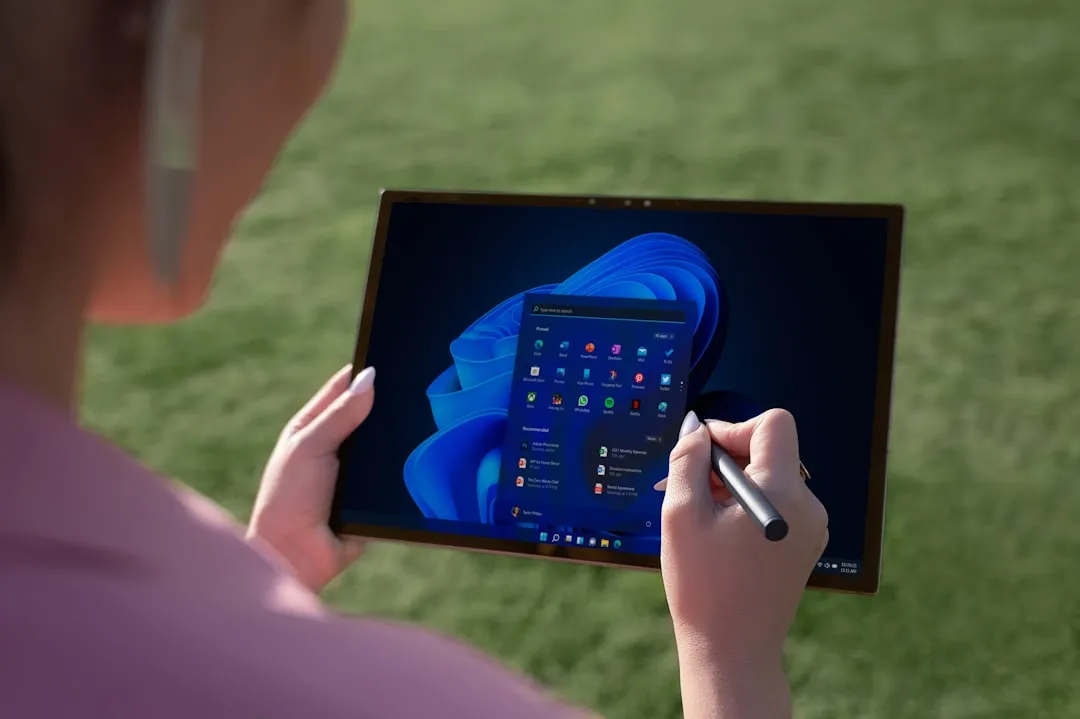
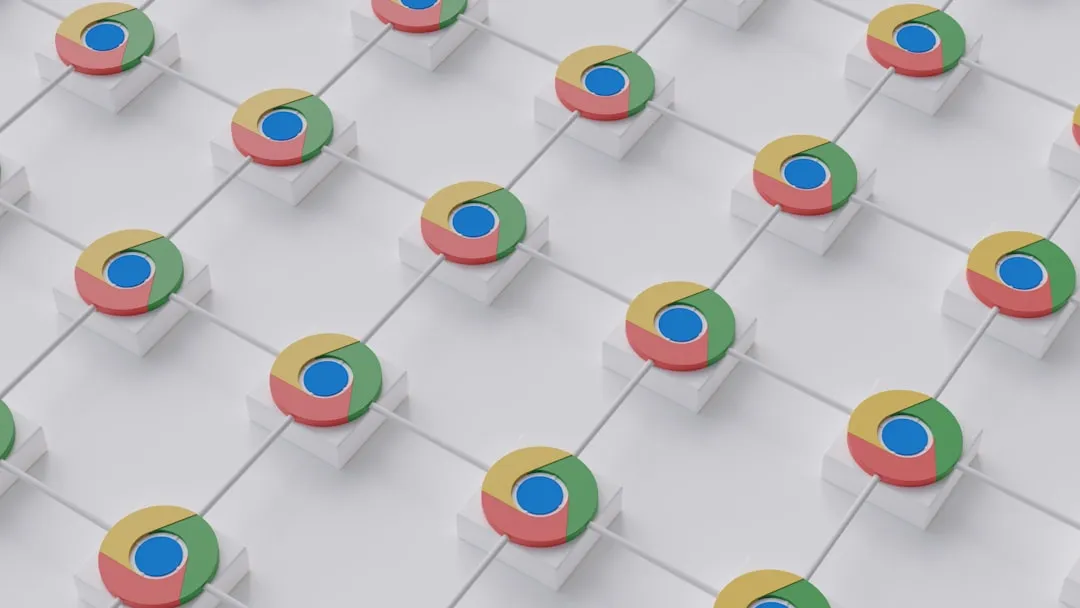
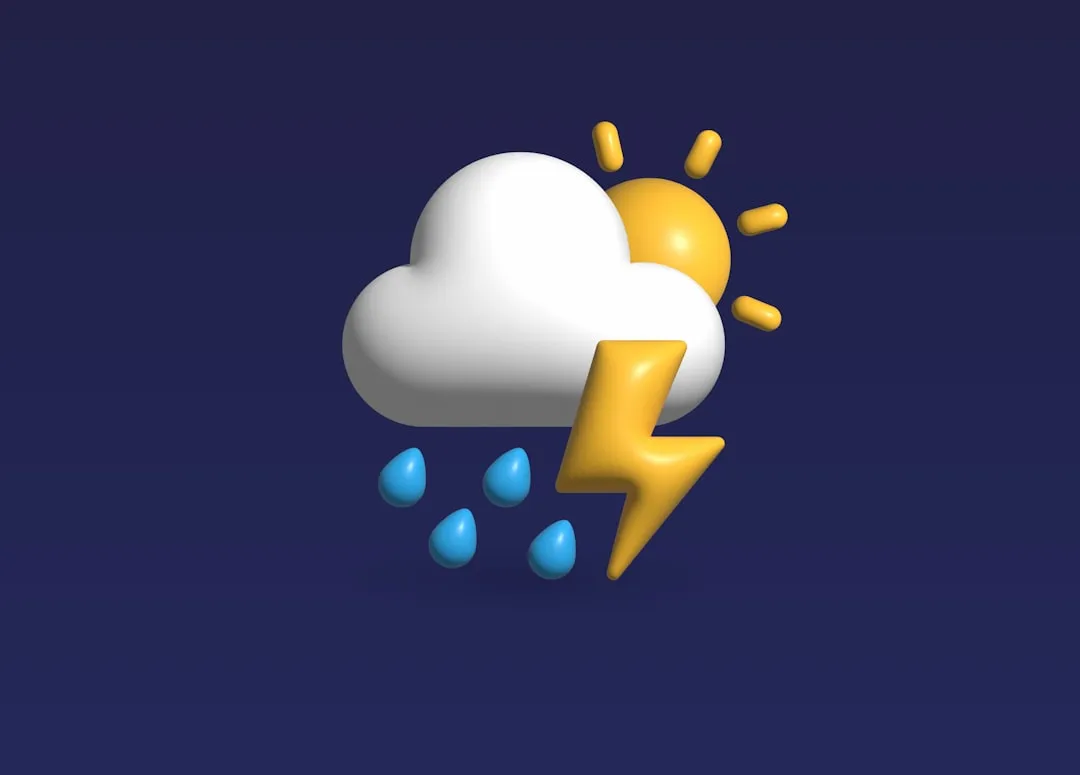
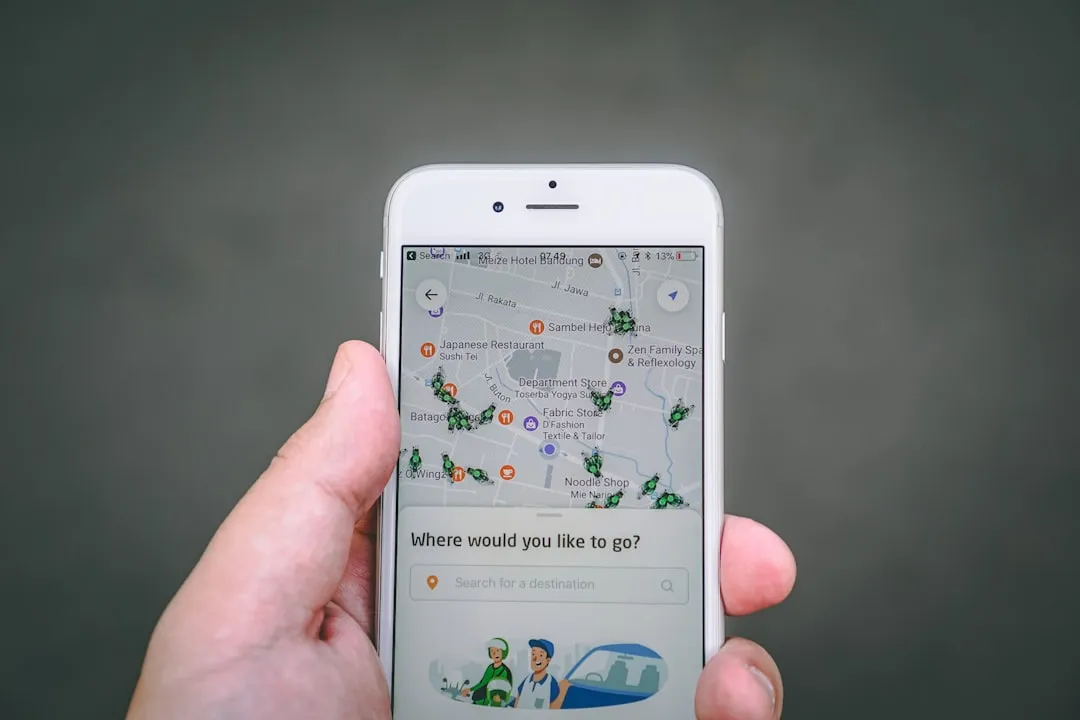
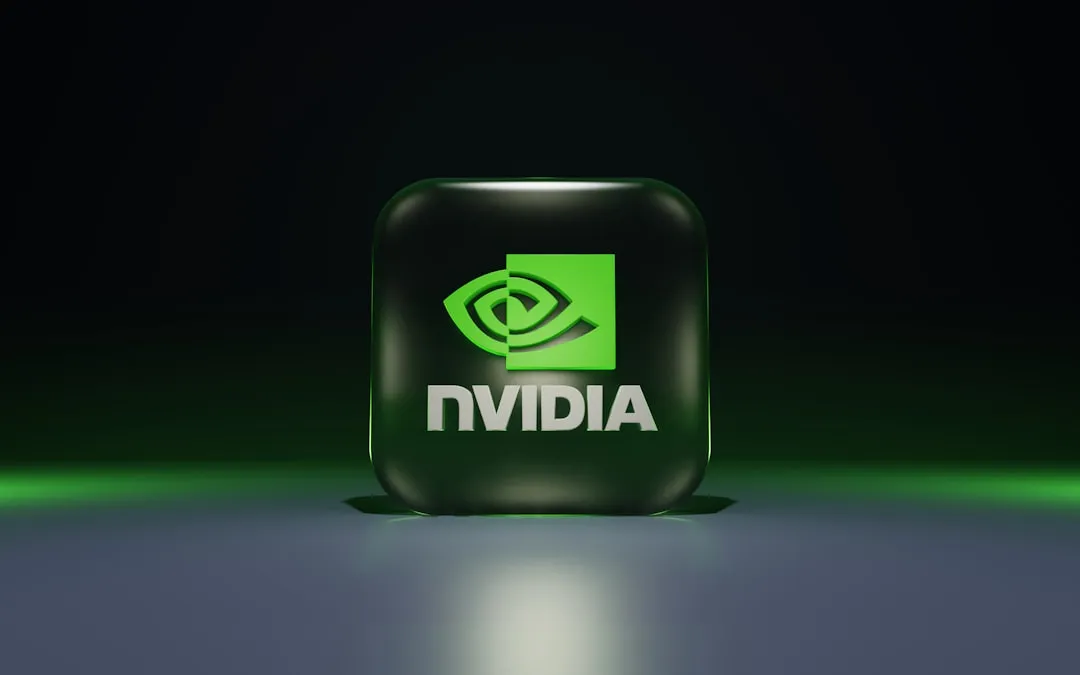

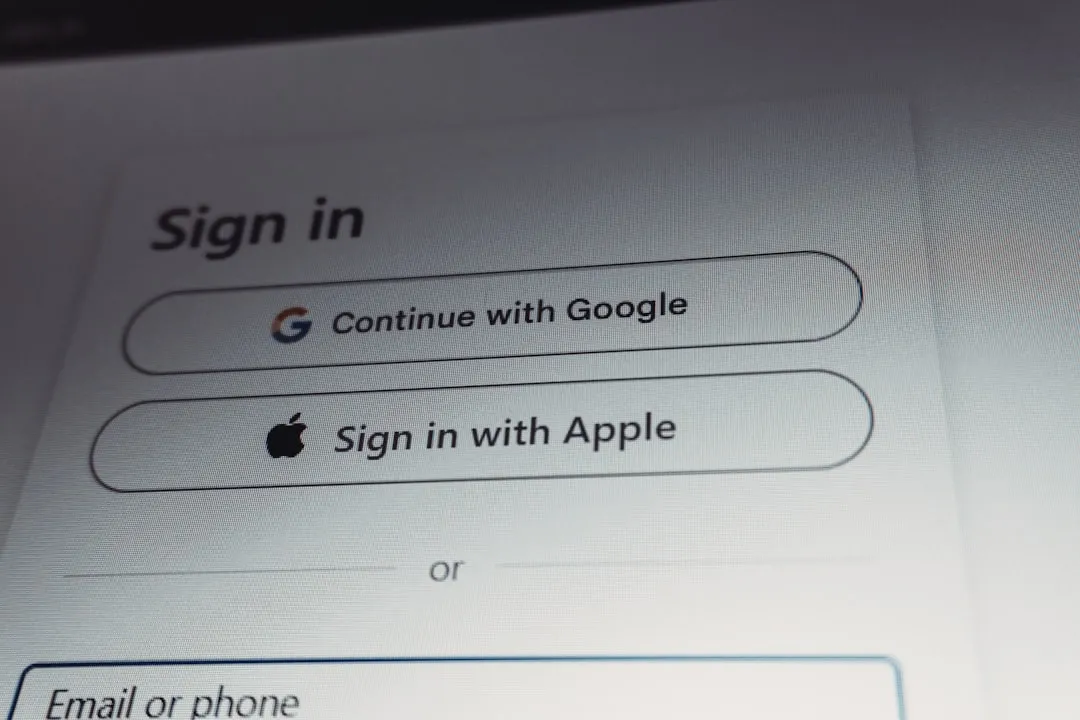
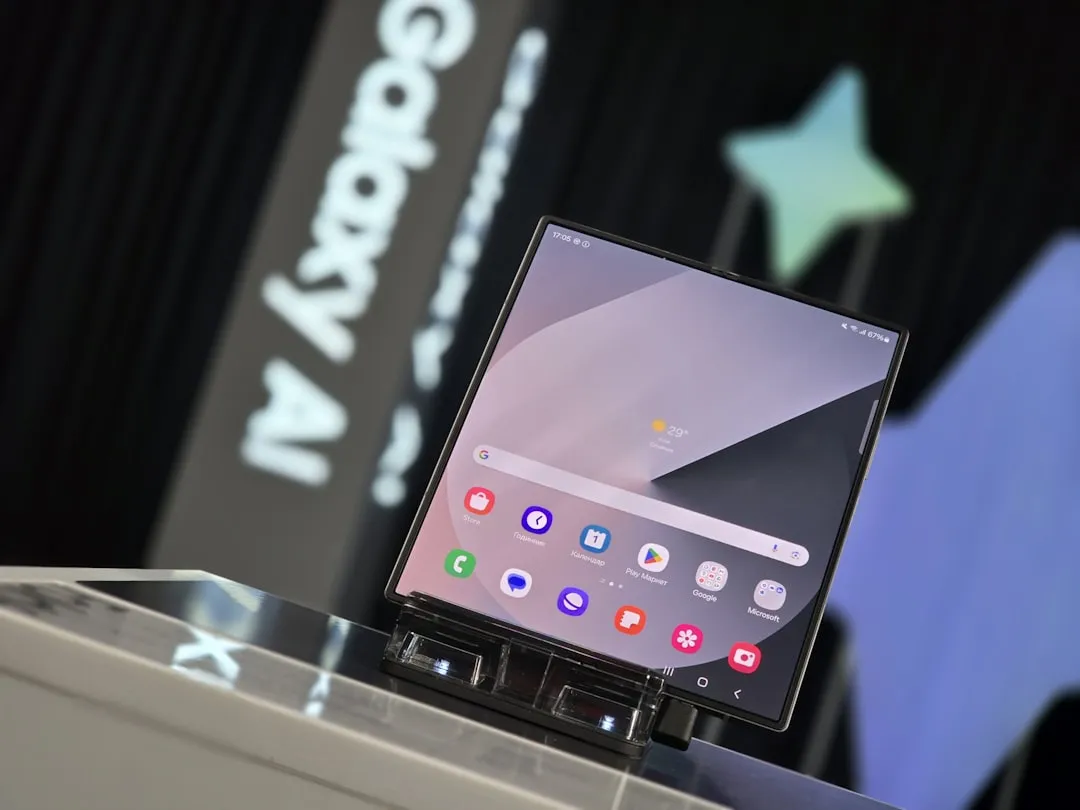
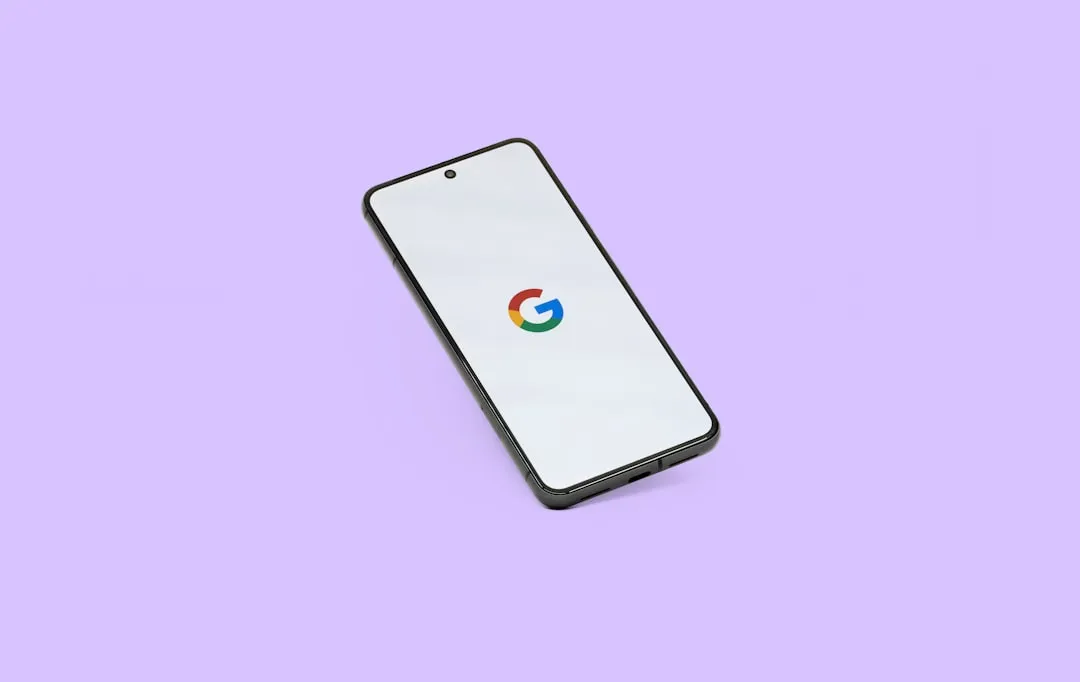

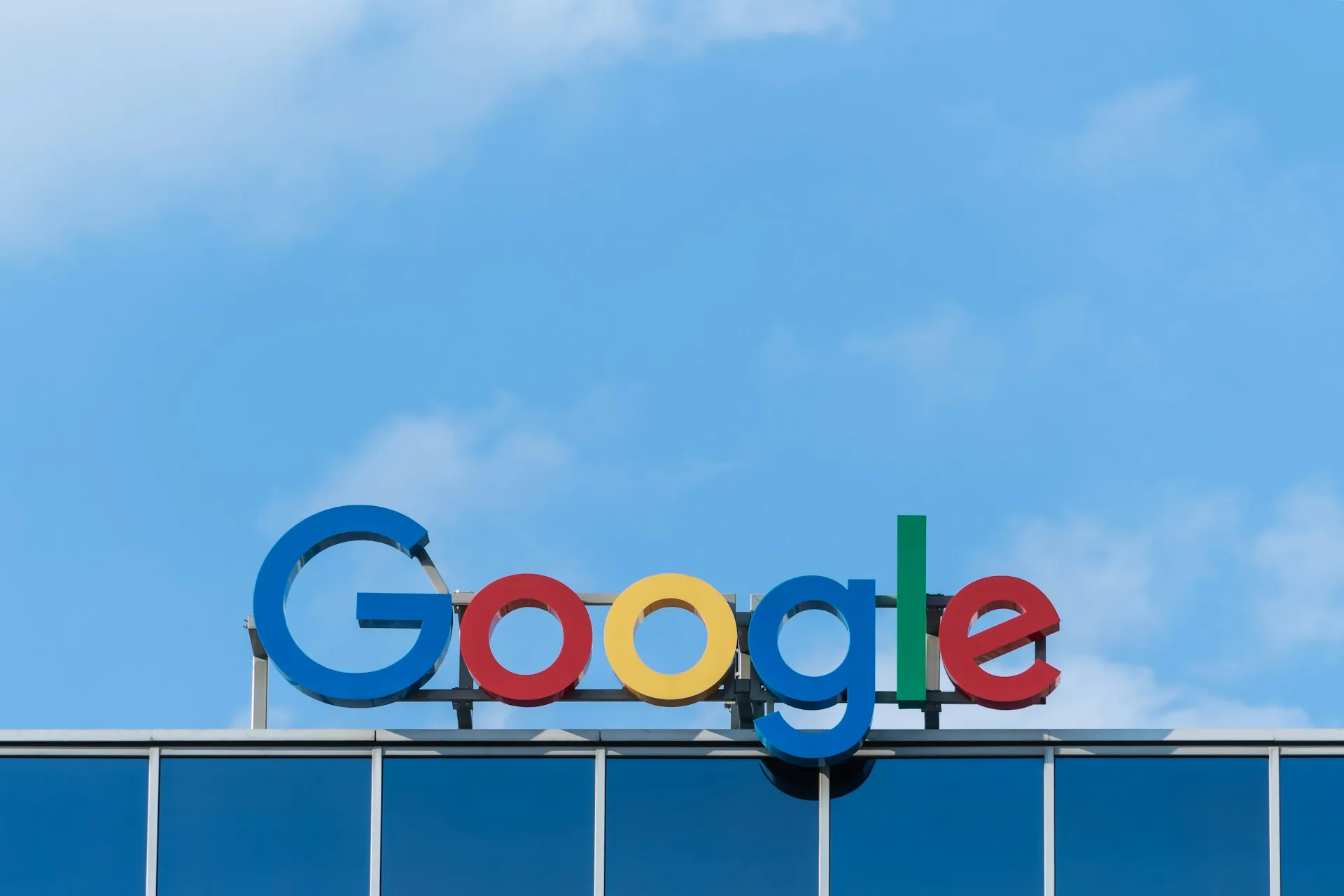
Comments
Be the first, drop a comment!